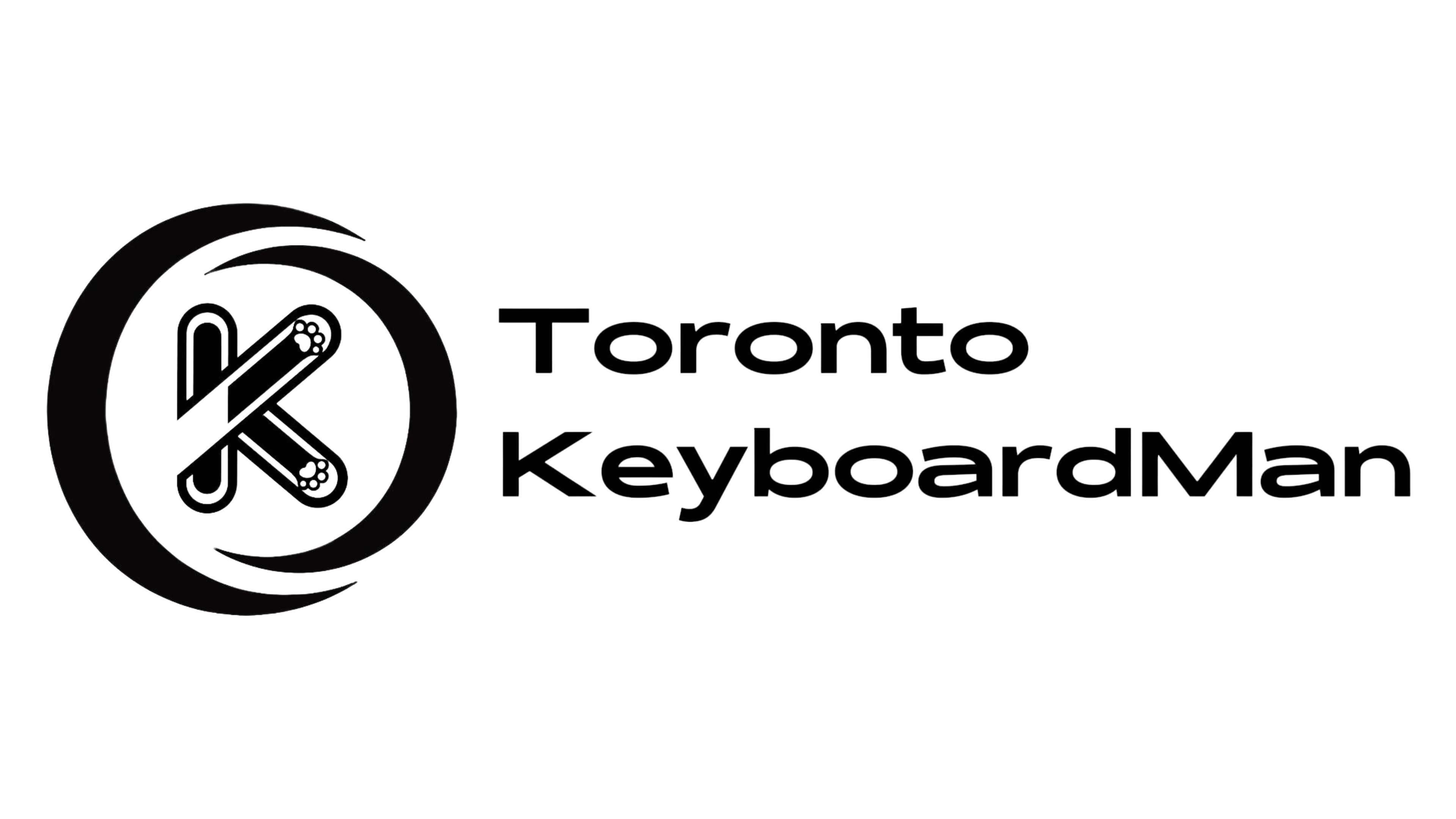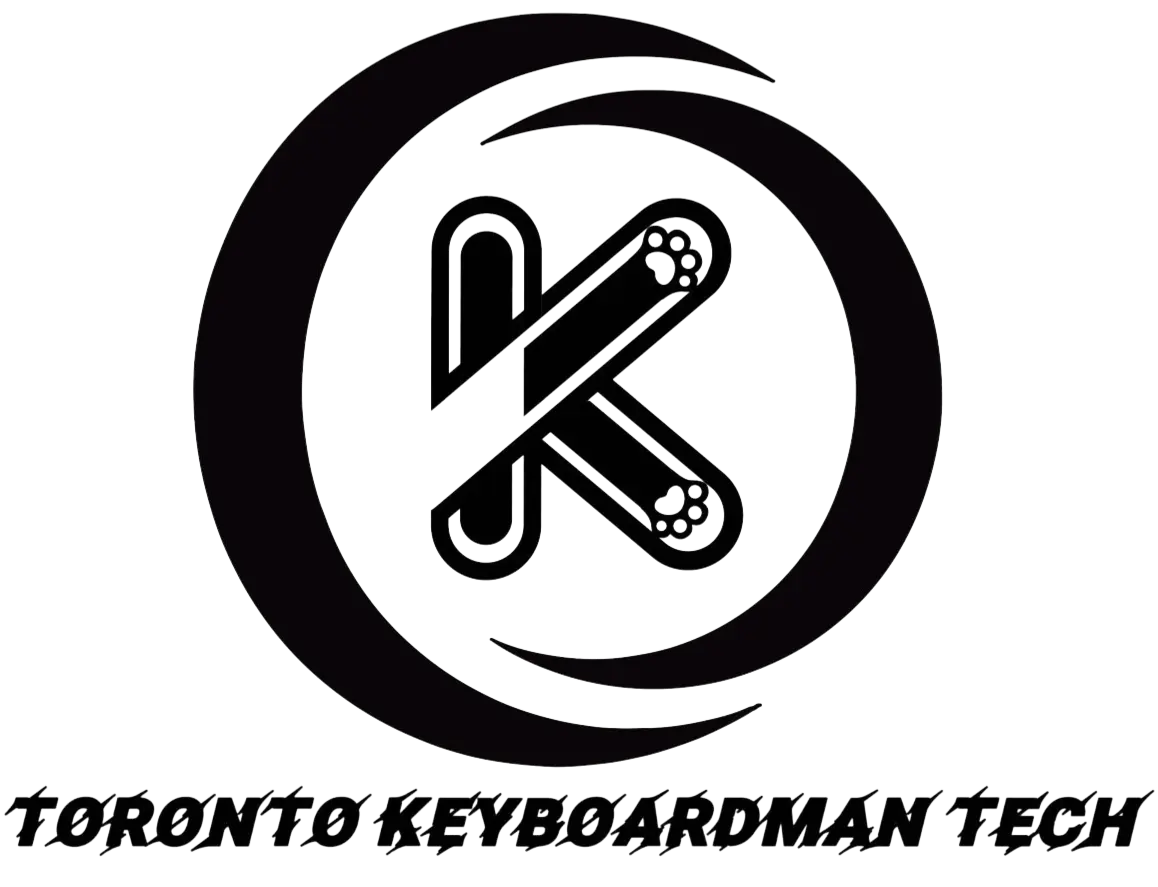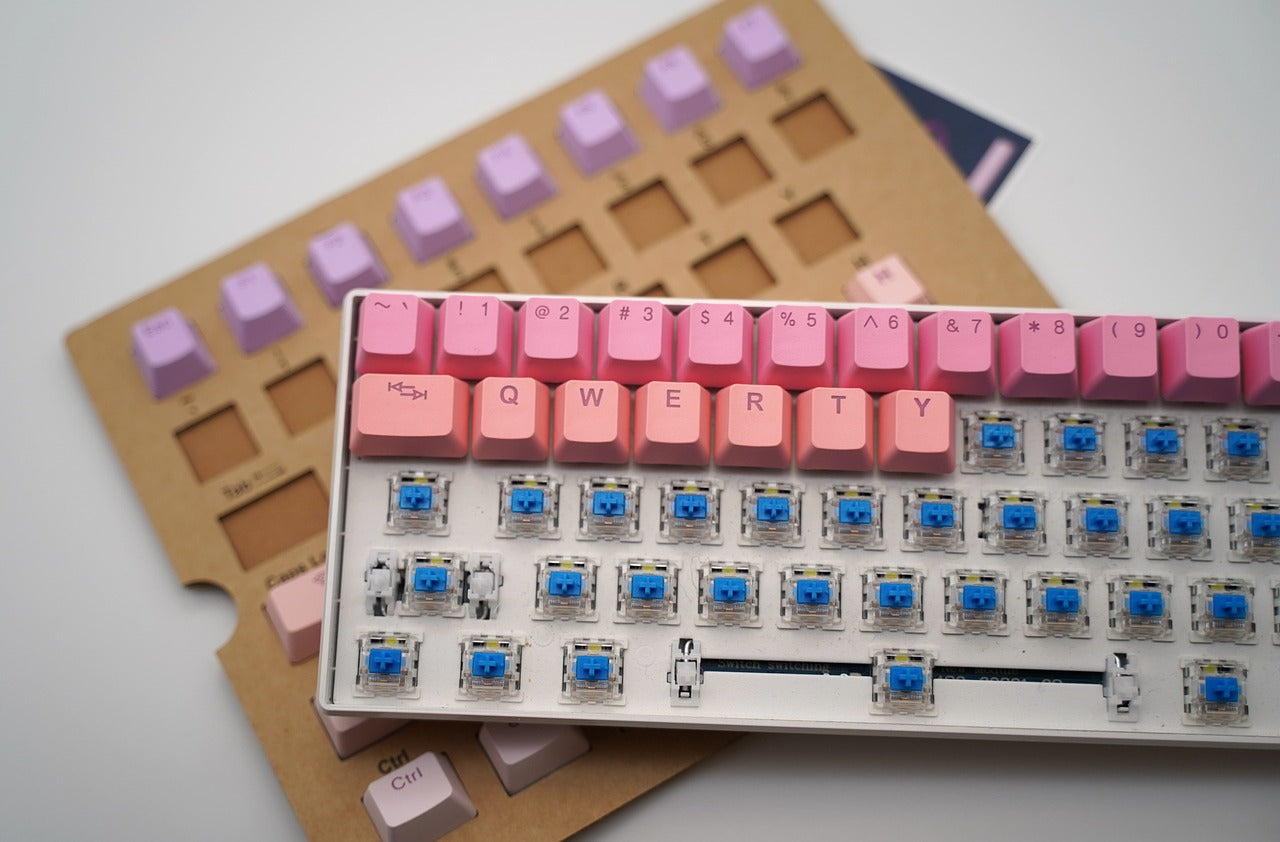Hello everyone. Lots on our plate to cover today, so let's jump right into it.
When it comes to building the perfect mechanical keyboard, every piece matters. You might be obsessed with switches, keycaps, or stabilizers, but the plate? It’s a key player that gives your board structure, impacts the feel, and even changes the way your keyboard sounds. Whether you're looking for that bouncy dream build or a solid typing experience, picking the right plate is key. So let’s break down some popular plate materials and see which one works for you.

Aluminum Plate – The Reliable Workhorse 🏋️
Aluminum is one of the most common materials for plates—and for a good reason. It’s lightweight, durable, and gives you a balanced typing feel that works for just about everyone. Think of it like your favorite pair of shoes—reliable, comfortable, and gets the job done every time.
- Feel: Medium stiffness
- Sound: Slightly high-pitched and metallic
- Pros: Durable, widely available, and versatile
- Cons: Can feel a bit harsh if you type for hours
TL;DR: Solid and dependable, but not super interesting.
Brass Plate – Fancy and Heavy ⚡
Brass plates scream luxury. They’re hefty, super stiff, and bring a distinct metallic ping to your typing. This is the plate you want if you like feeling every keystroke hit with authority. Brass isn’t here to play—it’s here to flex. 💪
- Feel: Extra stiff, minimal flex
- Sound: Loud and metallic, with that signature ping
- Pros: Looks fancy, super durable
- Cons: Heavy and can get tiring to type on for long sessions
TL;DR: Premium vibe with a solid (and weighty) feel.
Polycarbonate Plate – Smooth and Cushy 🌊
Polycarbonate, aka PC, is one of the softest, most flexible plate of the bunch. It’s the one you reach for if you’re all about that cozy typing experience with a muted sound profile. If you want each keystroke to feel like a comfy pillow landing, PC has you covered.
- Feel: Soft and flexible
- Sound: Deep and muted
- Pros: Great for long typing sessions, very comfortable
- Cons: Less durable than metal plates, can feel too soft for some
TL;DR: Cushy—perfect for typers looking for a gentle feel.
FR4 Plate – The Balanced Middle Ground 🎯
FR4 is a fiberglass material that hits the sweet spot between metal and plastic plates. It’s not as stiff as aluminum but not as soft as polycarbonate. If you’re indecisive or want a bit of everything, this is your plate.
- Feel: Moderately flexible
- Sound: Muted but not too quiet
- Pros: Lightweight, durable, and balanced
- Cons: Not as common as other plates
TL;DR: Not too stiff, not too soft—just right.
Carbon Fiber Plate – Lightweight and Precise ⚡
Carbon fiber plates are all about speed and precision. These are lightweight, rigid, and give your keyboard a sharp, satisfying typing feel. If you’re all about quick inputs and snappy feedback, carbon fiber is calling your name.
- Feel: Light but stiff
- Sound: Crisp and precise, very clacky
- Pros: Ultra-light and durable
- Cons: Expensive and harder to find
TL;DR: Speedy and precise—perfect for gamers and fast typers.
POM Plate – Bouncy and Fun 🎉
POM plates are for folks who like a little bounce in their typing. They’re the most soft, flexible, and deliver a deep, satisfying sound. Every keystroke feels lively—like typing on a trampoline, in a good way.
- Feel: Extremely flexible
- Sound: Deep and muted
- Pros: Fun typing experience, quiet sound profile
- Cons: Can feel too bouncy for some
TL;DR: Bouncy, playful, and perfect for deeper thocky builds.
Steel Plate – Built for Battle 🛡️
Steel plates are stiff and solid—like a brick wall under your fingers. These are the plates for people who want zero flex and love hearing every keystroke loud and clear. But be warned—steel plates are heavy and unforgiving.
- Feel: Ultra stiff, zero flex
- Sound: Loud, sharp, and metallic
- Pros: Extremely durable, won’t flex at all
- Cons: Heavy and not the most comfortable for long typing sessions
TL;DR: Rigid. That's about it.
Final Thoughts – Which Plate Should You Choose?
At the end of the day, picking a keyboard plate comes down to your personal preference. Do you want something stiff and snappy, or are you chasing those soft and cushy keystrokes? Here’s a quick rundown to help you decide:
| Plate Material | Feel | Sound | Best For |
|---|---|---|---|
| Aluminum | Balanced | Slightly metallic | All-purpose builds |
| Brass | Stiff | Loud and pingy | Premium feel, aesthetics |
| Polycarbonate | Soft and flexible | Deep and muted | Long typing sessions, comfort |
| FR4 | Moderately flexible | Muted but balanced | Balanced, versatile builds |
| Carbon Fiber | Light but rigid | Crisp and precise | Speedy typing, gaming |
| POM | Very flexible | Deep and quiet | Fun, playful builds |
| Steel | Extremely stiff | Loud and sharp | Durability-focused builds |
If you're looking for my personal recommendations:
- Aluminum: Best for elegant sound, premium switches. Leans towards clacky.
- FR4: Best all-rounder, perfect upgrade to default plates. More marbley, but can be tuned to anything.
- POM: Soft typing feel, pleasant deep sound. Leans towards thocky.
Why not ___?
- Brass: Too pingy.
- PC: Slightly worse POM in my opinion—less bouncy, more plasticky sounding.
- Carbon fibre: Actually quite nice, but is very clacky. Hard to tune sound signature. Consider getting if you love clack, but I would recommend aluminum for most people.
- Steel: Stay away. Stiff, flat sound, all around disappointing.





Share:
Ultimate Keyboard Modding Guide
Top 5 Linear Switches